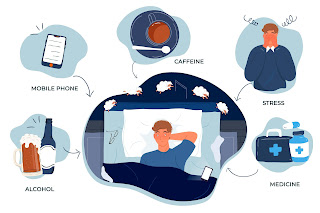20 Mindfulness Exercises & practices to Find Calm

In today's fast-paced world, finding moments of calm and inner peace is essential for overall well-being and mental health. Mindfulness, the practice of being fully present and aware in the present moment, offers a powerful antidote to stress, anxiety, and overwhelm. In this article, we'll explore 20 mindfulness exercises and practices that can help you cultivate a sense of calm, clarity, and inner peace in your daily life. Additionally, we'll discuss how enrolling in online meditation courses can deepen your mindfulness practice and support your journey toward greater well-being. Top 20 Mindfulness Exercises & practices 1. Mindful Breathing: Take a few moments to focus on your breath, noticing the sensations of each inhale and exhale. Allow your breath to anchor you in the present moment, bringing your attention back whenever it wanders. 2. Body Scan Meditation: Slowly scan your body from head to toe, noticing any areas of tension or discomfort. With each breath, imagi...



